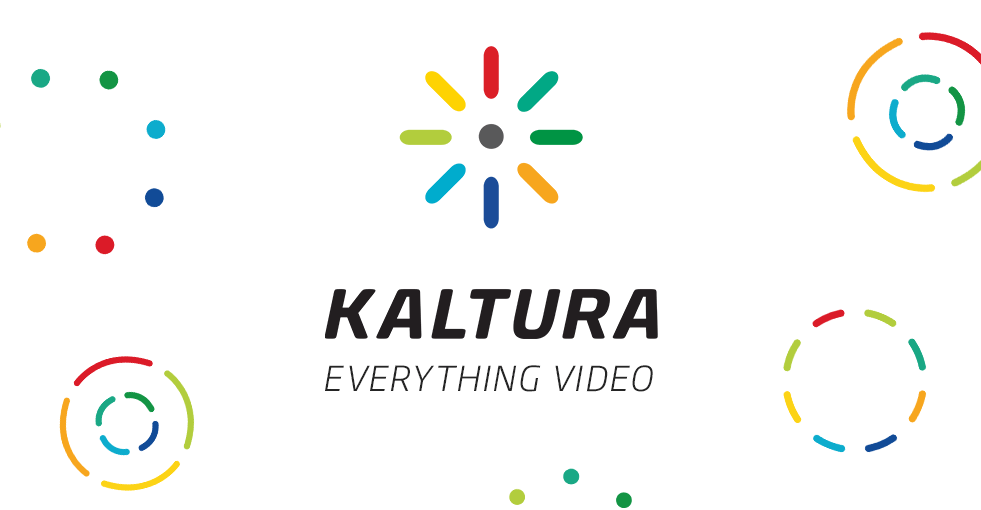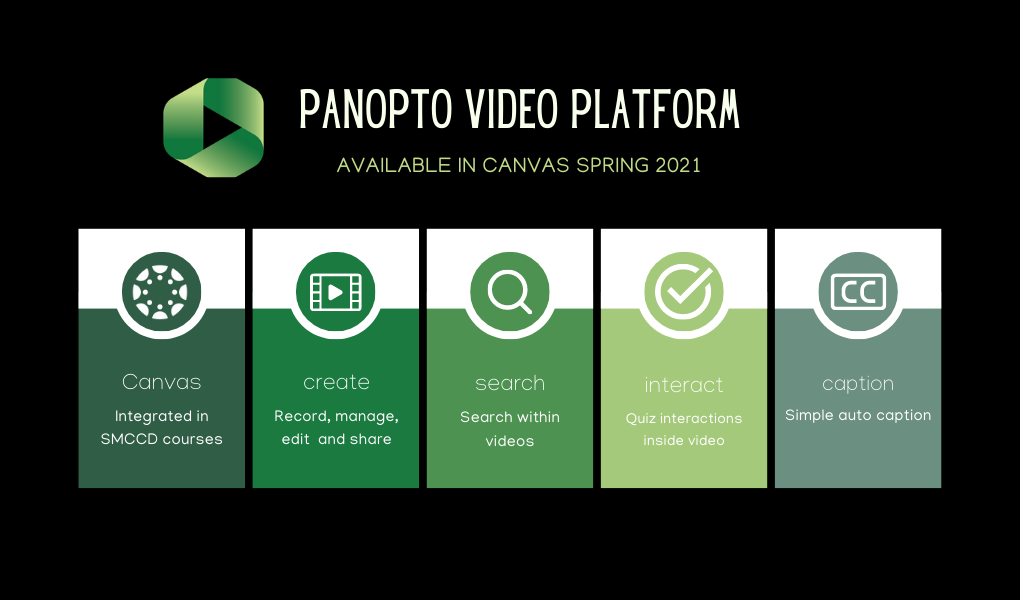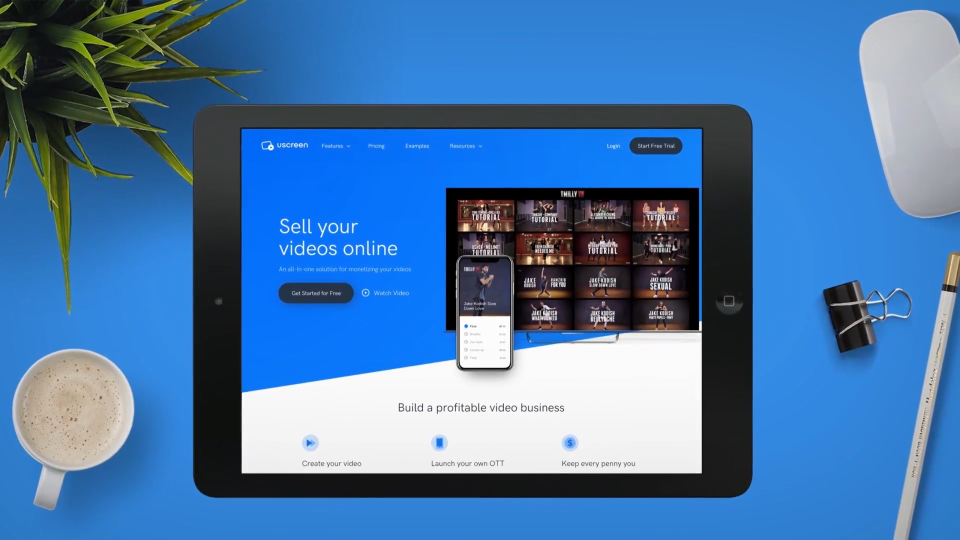Top Productivity Private Video Hosting Platforms For Business

According to industry forecasts, In 2021, video alone will cover 82% of all internet traffic. This shows how video has been a vital medium for brands. Businesses not only utilize videos for internal corporate meetings, but they also embrace videos for external content marketing, onboarding, training, and learning. However, brands turn to public video hosting platforms without considering the cons of these platforms.
There is a lack of security for the videos being published and streamed on these public video platforms. Private video hosting platforms help organizations circumvent issues like content security, access management, and branding, monetization to the most out of their content.
Why You Should Use a Private Video Hosting Platform?
Wondering why your organization would need a private video hosting platform? There are many reasons to use a video hosting platform, especially a “Private” one. The obvious reason is security. Here
- Live and on-demand video streaming
- Automatically record and publish your live streams
- Centralized video repository for swift video search
- Avoid the video format hurdle
- High-quality video experience anytime, anywhere
- Embedding eliminates limitations to file size and storage space
This blog will compare the Top 7 private video hosting platforms based on their privacy features. So, choose what suits your business needs.
Comparison of the Top Best Private Video Hosting Platforms in 2021
Let’s take a deeper dive and see the comparisons for ourselves.
Vidizmo

VIDIZMO EnterpriseTube, a Garter-recognized enterprise video hosting platform, is secure by design. With AI-powered cutting-edge technology, VIDIZMO saves your time and money by automating video management processes like search, access management, etc. It provides you with a rich video experience and data-driven insights to help you improve your video performance. You can even customize and configure the platform based on your needs.
The privacy features of VIDIZMO’s enterprise video platform are extensive, some of which are discussed below:
- Single Sign-on Integration: VIDIZMO allows you to authenticate with multiple SSO providers such as directory services (AWS, Azure AD, and more), Identity Access Management (OneLogin, Okta, and more), and third-party login (Facebook, Twitter, and more) supported with various authentication protocols like Open ID Connect and SAML-P.
- Access Control: Its comprehensive role-based access assigns pre-defined permissions to users based on the roles set for them on the platform. In VIDIZMO, six user roles are available by default, with custom role creation possible.
- Content Segregation: With the multi-tenant nature of VIDZIMO, it allows content segregation by creating different secure portals. Moreover, the videos can also be segregated through user groups and content categories. These groups can also be used to bulk assign permissions.
- Password Protection: Permit only authorized users to access the video by password protecting them.
- Content Encryption: FIPS 140-2 Compliant VIDIZMO ensures end-to-end content encryption for your videos.
- Audit logs: Track down any activity regarding the video content via a real-time audit log for platform-wide or individual activity.
- IP Restriction: VIDIZMO allows its users to restrict specific IPs from the portals.
- Location Restriction: This feature allows enterprises to disable, limit or enable content playback over restricted regions, in short, geo-block private or public locations.
- Limited Sharing: Limited sharing includes sharing of password-protected videos with a time limit set for expiry.
- Digital Rights Management (DRM): DRM provides greater security than content encryption by implying certain policies under the license. Therefore, allowing a specific audience to acquire the license.
Kaltura

Kaltura is another well-known video hosting platform offering a wide range of video experiences. Kaltura caters to both external and internal audiences. It does not offer customer service as compared to other platforms. Being an open-source platform, it has a slightly complex structure requiring IT expertise. Here is an analysis of all the privacy and security features of Kaltura:
- Single Sign-on Integration: Configuring an SSO gateway is intricate because of the whole integrating setup. This is a major drawback of Kaltura as they do not provide out-of-the-box (native) SSO integration which makes the integration that much more complex to set up.
- Access Control: Kaltura has 5 access roles by default, with options for adding customs.
- Content Segregation: User groups can be created for content segregation.
- Password Protection: It is possible to create password-protected private channels. It is not possible to password particular separate videos.
- Content Encryption: Kaltura only provides AES standard content encryption.
- Audit logs: Recording and Viewing events in Kaltura is complex as audit logs are not maintained by default.
- IP Restriction: You can limit viewership by creating a list of permitted IP addresses.
- Location Restriction: Limit the viewers of specific regions from accessing your content.
- Limited Sharing: Kaltura does not have limited sharing options as the videos are not password protected separately. Only people with access can view them.
- Digital Rights Management (DRM): It requires IT expertise to integrate Kaltura’s AI-driven uDRM into the platform, which is a complex process requiring IT expertise.
Brightcove

Brightcove is another enterprise video suite that is focused more on business videos catering to external audiences. The industry Brightcove best caters to are entertainment and sports. However, this focus on external use cases makes Brightcove weaker in terms of privacy. Here is a quick analysis:
- Single Sign-on Integration: Brightcove allows SSO integration with authentication providers supported by SAML 2.0 protocol.
- Access Control: As compared to VIDIZMO and Kaltura, Brightcove doesn’t allow custom roles. It has only 2 default roles that are “Administrator” and “Standard”.
- Content Segregation: It is not possible to create separate autonomous portals and user groups on Brightcove.
- Password Protection: You have to configure settings to password-protect your videos. There are no default settings.
- Content Encryption: Brightcove provides content encryption via HLS (HTTP Live Streaming) that supports AES-128 encryption.
- Audit logs: Audit logs are available in Brightcove.
- IP Restriction: Brightcove allows users to restrict access to videos by IP ranges. The videos are then to these IP addresses only for private viewing.
- Location Restriction: Geo-restrictions can be enabled for content protection from unauthorized access.
- Limited Sharing: You cannot password-protect your video-sharing links, but it is possible to share for a limited time frame.
- Digital Rights Management (DRM): Brightcove supports DRM as an add-on. It supports Microsoft PlayReady along with the other two DRM solutions.
Panopto

Last but not least, Panopto is another well-known enterprise video hosting platform. Panopto is majorly focused on providing video solutions to educational institutes. Therefore, it is a good internal video hosting platform. Its “all-in” architecture is simple. However, Panopto doesn’t offer external video streaming and doesn’t allow customizations and configurations. Let’s take a look at the default privacy features of Panopto: If you are into gaming you can check the best Minecraft server hosting.
- Single Sign-on Integration: The solution allows you to use SAML credentials to authenticate in Panopto with multiple authentication protocols, including OAuth.
- Access Control: Unable to create custom roles, but Panopto defines 5 user roles giving them role-based video access.
- Content Segregation: The feature isn’t available, so content can’t be segregated into different groups such as departments.
- Password Protection: Not available; users can’t password-protect their individual videos.
- Content Encryption: The solution uses SSL to encrypt data on the web interface. Moreover, the use of TLSV1.2 encryption is done in transit, and Amazon S3-Managed Keys (SSE-S3) for encryption at rest.
- Audit logs: For audit logs, you need to contact the Panopto support team and submit a support ticket in order to acquire them.
- IP Restriction: This privacy option is available to limit video access to specific users.
- Location Restriction: You can’t geo-restrict users.
- Limited Sharing: Limited sharing via shareable links is possible. However, time and the number of views can’t be restricted.
- Digital Rights Management (DRM): It is not available in Panopto.
SproutVideo

SproutVideo assists companies in developing simple websites to showcase their video content. These websites could be used to display your portfolio, share tutorials with your team, or provide your audience with free video material.
You’ll choose from five different themes before entering your site’s name and logo. You can use a domain name that you already own for your website. The Settings tab lets you change theme colors, choose a featured video for your website, determine what order your videos should be displayed in, how many videos should be displayed per page, and whether or not videos should autoplay. You can also have an About and Contact page, as well as social media buttons, on your website.
Based on the permissions you have for the videos you upload to your SproutVideo account, they will appear automatically on your website. All videos on SproutVideo are password-protected by default, which implies visitors must log in to view them. You can also choose whether to password-lock videos, make them private, or leave them available to the public. And, of course, you can also insert videos on external websites—embedded videos, regardless of their approval level on SproutVideo, would be available to the public.
Price: The Sprout plan, which includes analytics, video ads, video portals, and 125 login-protected viewers, starts at $59.99 a month.
UScreen

Uscreen allows you to monetise your video content without having to show advertising to your visitors. You can put in place a subscription or membership site to offer an online course or create a training programme for a single monthly price.
You’ll start by creating an SEO-optimized video website with a variety of ready-to-use themes to build up your video platform. Feel free to use your own domain name if you have one. The user-friendly interface of Uscreen allows you to rapidly create a storefront and post videos, as well as supporting information like documents, manuals, presentations, and photographs. After that, you can either create a subscription plan for users or sell your material for a one-time cost. You can also make stuff available for free.
The Minimal plan starts at $99 per month (paid annually) and offers unrestricted streaming, one storefront, 300 total users, basic analytics and marketing, and credit card and PayPal payments.
Wistia

Wistia has a lot of marketing options that may help organizations track the progress of a video, collect leads, and get the most out of their content.
Wistia’s Turnstile email collector, for example, is a standout feature that helps you produce email leads. The following is how it works: Make an email collector form in Wistia with the information you want to gather and then add it to your video at any moment. A viewer must fill out their information in order to continue watching (unless you set it to allow them to skip a Turnstile). Wistia’s email marketing integrations, which include platforms like Campaign Monitor, Mailchimp, and Constant Contact, add viewers to your email list as they provide their information.
Three videos are free with basic capabilities like a completely customized player, lead generation tools, video analytics, and unlimited users; the Pro plan is $99 a month and includes standard features, 10 free videos, and no Wistia branding.
What is the Best Private Video Hosting Platform?
You must opt for a platform that complements your security needs while allowing you to upload videos consistently in quality. The blog will surely help you choose an appropriate one and give you an idea of where these top 7 private video hosting platforms stand in terms of their offering and strengths.
With this extensive analysis, you no longer need to be overwhelmed while making this decision. Now, Over to you!
FAQ
Q1. Why do you need Video Hosting?
Ans- The biggest benefit of online video hosting is that it makes your videos available in lots of places while controlling them from one dashboard. That means you get the best experience possible and can distribute them widely while doing less work. That can free you up to create more videos and get even better results.
Q2. How can video hosting sites help you in online learning?
Ans- Video hosting platforms also provide additional benefits, such as protection for your course videos, video analytics information, and sharing options. In other words, your video hosting platform spares your site a lot of resources while giving you a powerful toolkit for putting it to use.
